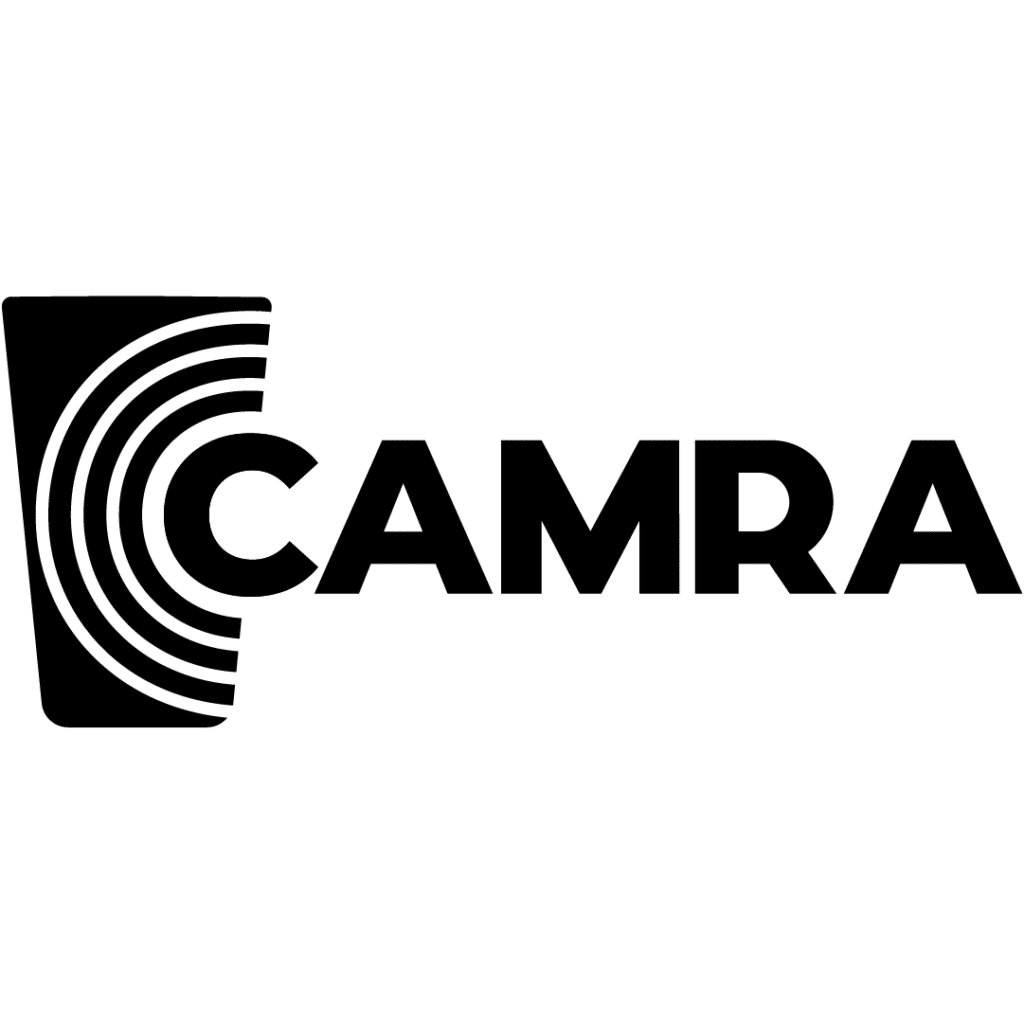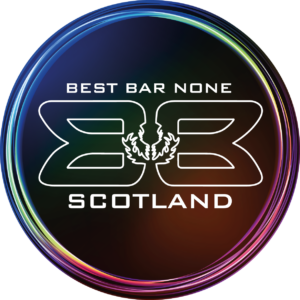Pub history
The Calverts Court
Calvert’s Court had stood immediately behind this pub. It was here that the Calvert family ran a cabinet-making firm and kept the Beehive Inn. According to an 1851 map, this site’s rear straddles the gardens of William Wright’s high-street mansion house. During 1864–1910, the Calvert name was linked with St Petersgate and this site. In 1891, W & J Calvert (cabinet-makers) occupied numbers 13 and 15, while Sarah Calvert occupied number 17 as a beer retailer.
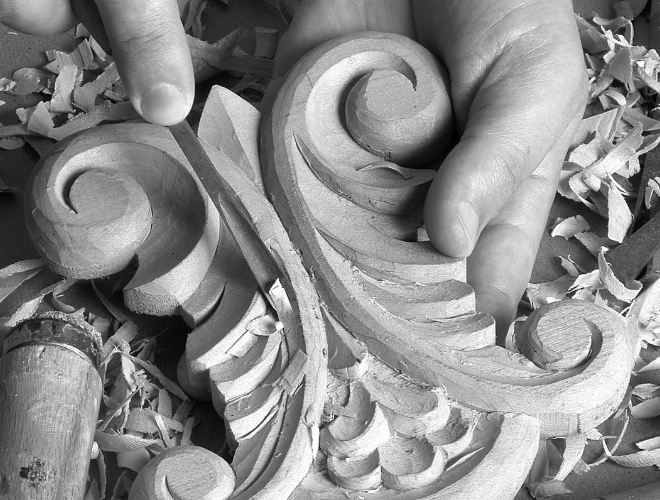
Calvert’s Court had stood immediately behind this pub. It was here that the Calvert family ran a cabinet-making firm and kept the Beehive Inn. According to an 1851 map, this site’s rear straddles the gardens of William Wright’s high-street mansion house. During 1864–1910, the Calvert name was linked with St Petersgate and this site. In 1891, W & J Calvert (cabinet-makers) occupied numbers 13 and 15, while Sarah Calvert occupied number 17 as a beer retailer.
A print of the site of The Calverts Court

A print and text about The Calverts Court and the history of the area
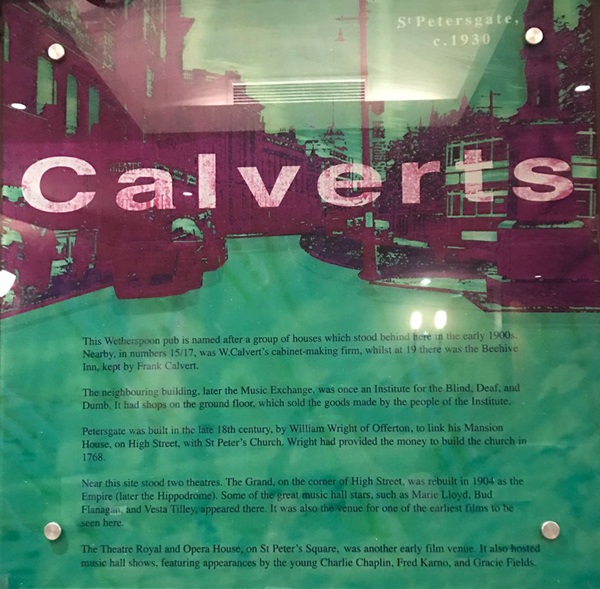
The text reads: This Wetherspoon pub is named after a group of houses which stood behind here in the early 1900s. Nearby, in numbers 15/17, was W Calvert’s cabinet-making firm, whilst at 19 there was the Beehive Inn, kept by Frank Calvert.
The neighbouring building, later the Music Exchange, was once an Institute for the Blind, Deaf, and Dumb. It had shops on the ground floor, which sold the goods made by the people of the Institute.
Petersgate was built in the late 18th century, by William Wright of Offerton, to link his Mansion House, on High Street, with St Peter’s Church. Wright had provided the money to build the church in 1768.
Near this site stood two theatres. The Grand, on the corner of High Street, was rebuilt in 1904 as the Empire (later the Hippodrome). Some of the great music-hall stars, such as Marie Lloyd, Bud Flanagan and Vesta Tilley, appeared here. It was also the venue for one of the earliest films to be seen here.
The Theatre Royal and Opera House, on St Peter’s Square, was another early film venue. It also hosted music-hall shows, featuring appearances by the young Charlie Chaplin, Fred Karno, and Gracie Fields.
A print of the Theatre Royal
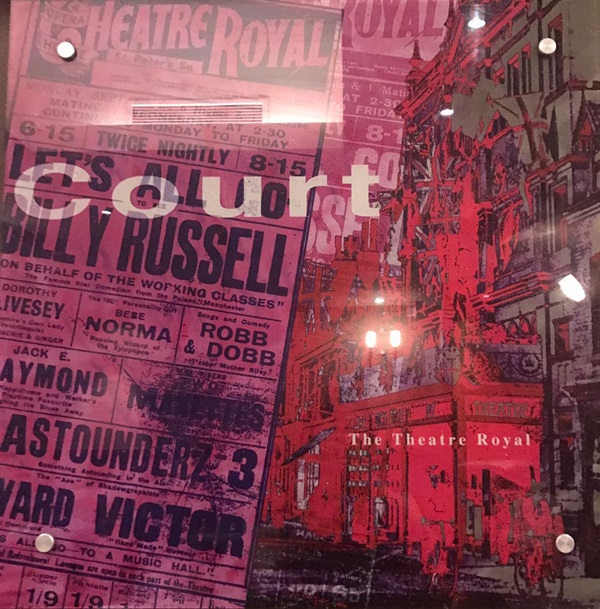
External photograph of the building – main entrance



